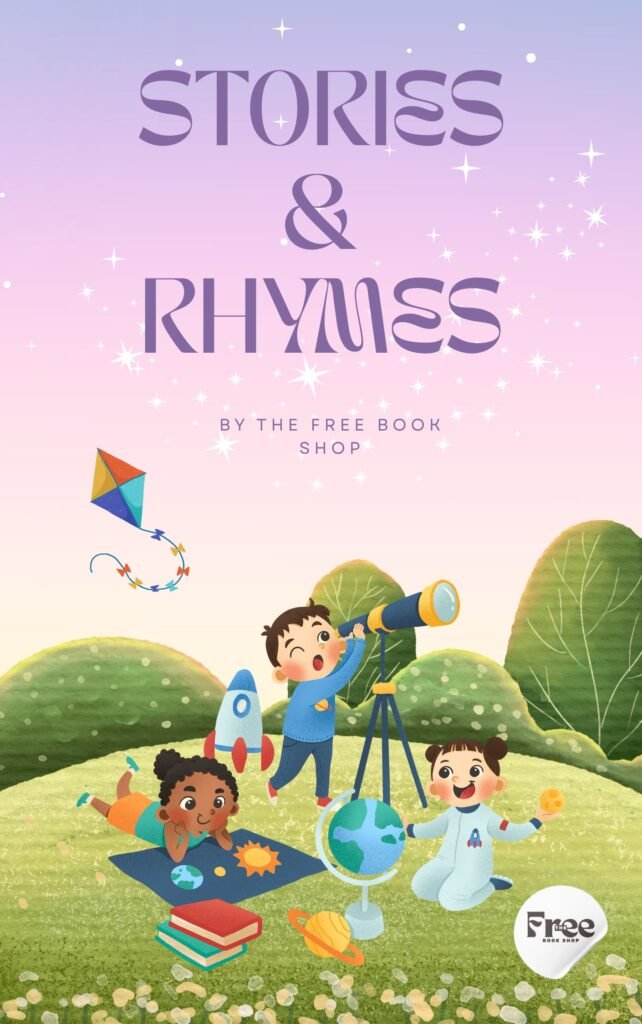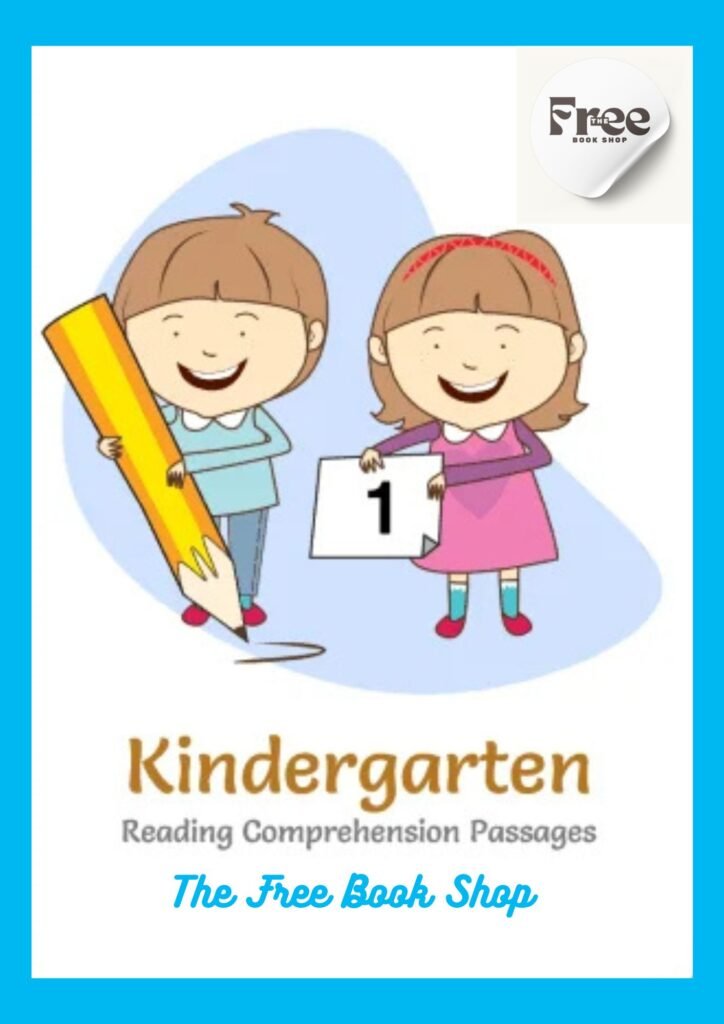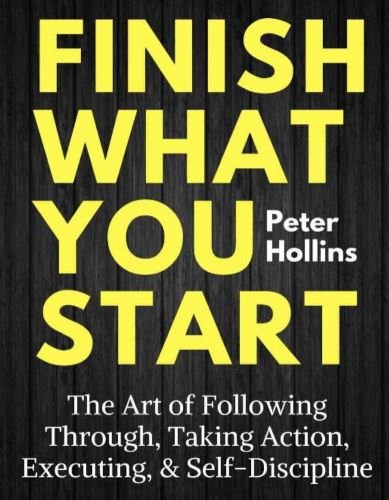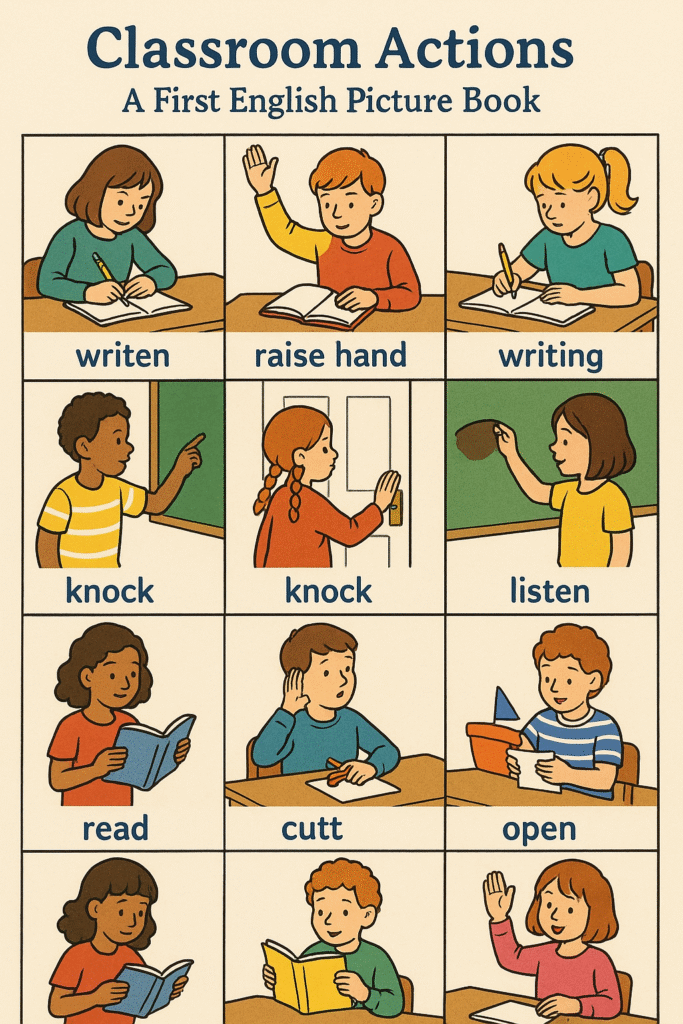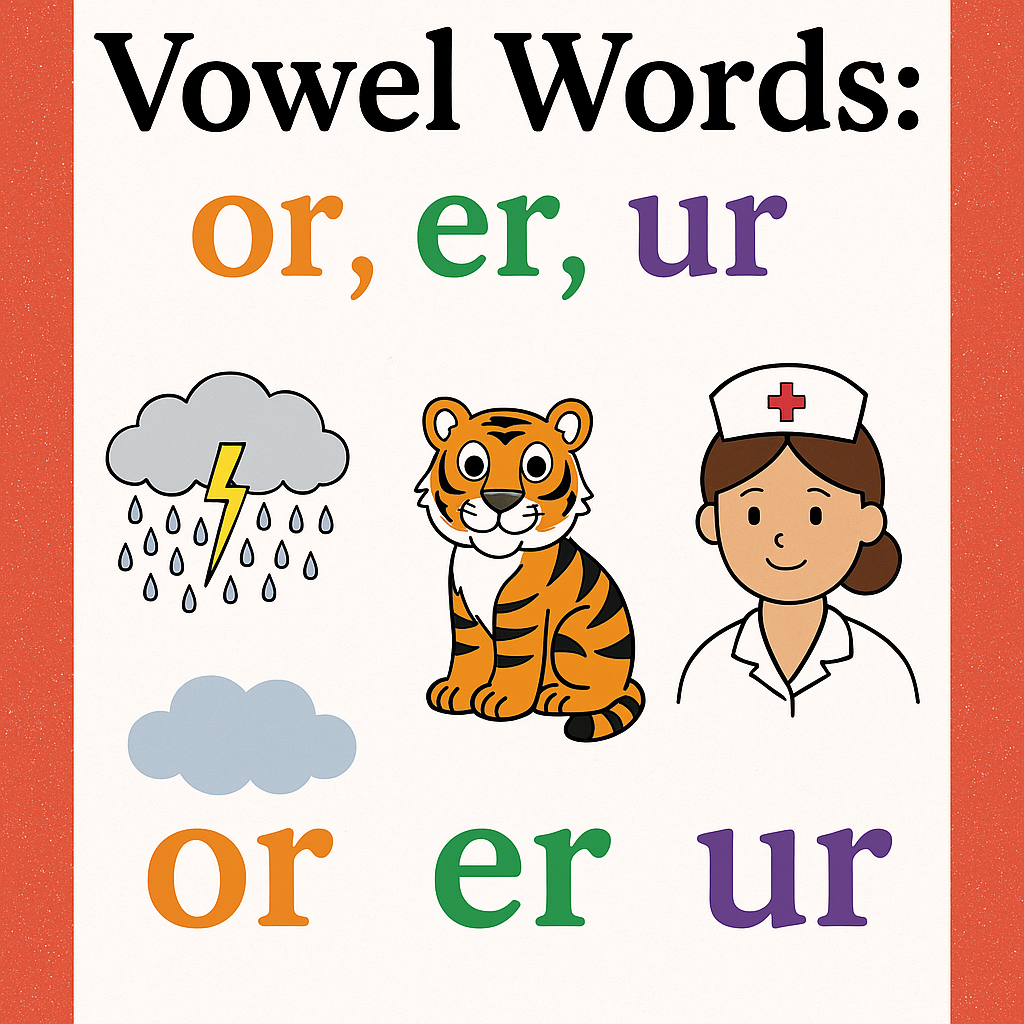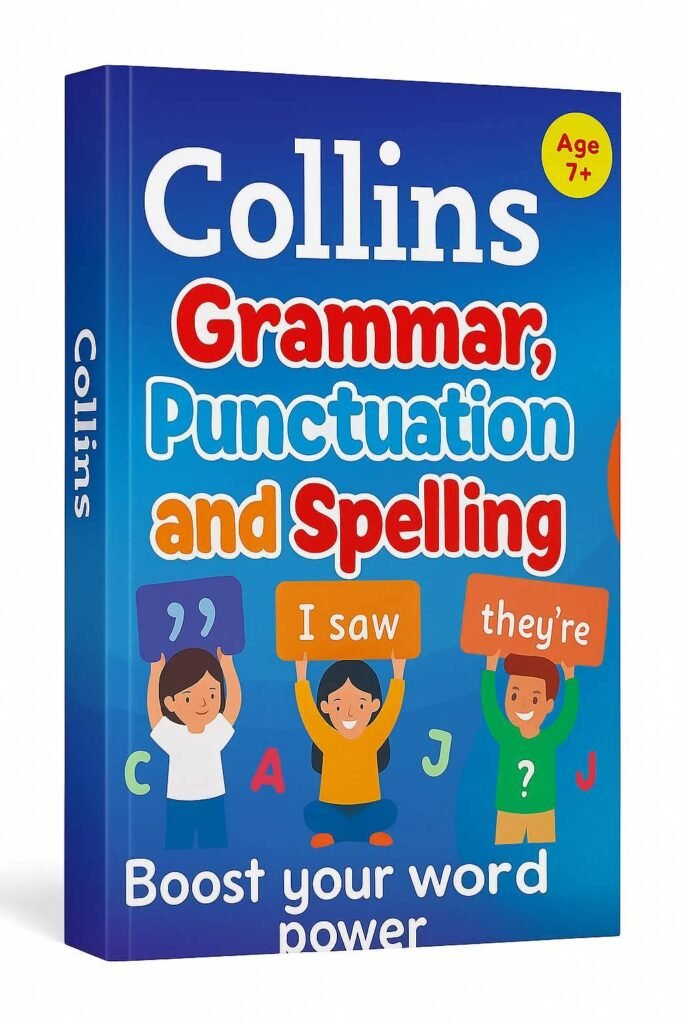Table of Contents
📘 Book Overview
Title: Teaching the Critical Vocabulary of the Common Core: 55 Words That Make or Break Student Understanding
Author: Marilee Sprenger, a veteran educator and author of numerous books on teaching and memory-enhanced learning
Publisher & Date: ASCD, June 14, 2013 (216 pages) Taylor & Francis+10catalog.princeton.edu+10Goodreads+10
Purpose: To ensure students (K–12) not only recognize but fully understand and apply 55 high‑value academic words that are essential under the Common Core Standards GoodreadsMiddleWeb
🧠 Why These Words Matter
While students may recognize words like determine, analyze, or distinguish, Sprenger argues they often lack the in-depth understanding needed to answer complex questions accurately Powell’s+6Goodreads+6Apple+6.
These 55 words are grouped into two categories—verbs and nouns—and were chosen based on their frequency in Common Core anchor standards and exemplars Taylor & Francis+11MiddleWeb+11Goodreads+11.
📚 Table of Contents Highlights
Chapter 1: What Does the Research Say About Vocabulary?
Chapter 2: Processing and Storing Vocabulary
Chapter 3: The Critical Words: The Verbs (e.g., Analyze, Determine, Interpret…)
Chapter 4: The Critical Words: The Nouns (e.g., Argument, Evidence, Structure…)
Chapter 5: The Last Words: Classify/Categorize, Explicitly, Recount, Recognize
Chapter 6: Choose Your Words Wisely
Chapter 7: Making Them Stick – strategies for long-term retention
Appendix: Classroom templates and reproducible resources MiddleWeb+10gale.com+10catalog.princeton.edu+10catalog.princeton.edu
🛠️ Teaching Strategies and Tools
Each of the 55 words comes with multiple instructional strategies tailored to various learning styles—including jingles, movements, paper foldables, graphic organizers, and games like Password, Charades, Review Bingo, Word Wall Spies gale.com+7MiddleWeb+7Goodreads+7.
Visual and kinesthetic tools such as Word Maps, T-Charts, Venn Diagrams, and color coding are recommended to reinforce memory and recall MiddleWeb.
The author emphasizes pre-assessment of students’ familiarity with target words to guide instruction design MiddleWeb.
🎯 Target Audience & Impact
Aimed at classroom teachers (especially elementary and middle grades), instructional coaches, librarians, and school leaders MiddleWeb.
Helps K–12 students—especially English Language Learners and those from high-poverty backgrounds—achieve the academic vocabulary fluency needed for success in reading, writing, speaking, and standardized assessments MiddleWebGoodreads.
✅ Pros & Limitations
Strengths:
Limitations:
🧩 Summary Table
| Feature | Details |
|---|---|
| Word Focus | 55 high-frequency academic words essential to CCCS |
| Word Types | 30 verbs and 25 nouns arranged alphabetically |
| Teaching Strategies | Jingles, movement, graphic organizers, foldables, games |
| Retention Focus | Memory-based strategies, repetition, multisensory formats |
| Target Audience | Grades K–12, especially ELLs and students needing academic vocabulary |
| Publisher | ASCD (2013), 216 pages |
🔍 Want More?
Would you like:
Detailed examples or sample lesson activities from this book?
Printable templates (e.g. word maps, foldables, game boards)?
Ideas for adapting these strategies for high school or ELL contexts?
A side‑by‑side comparison with resources like Vocabulary at the Core?







